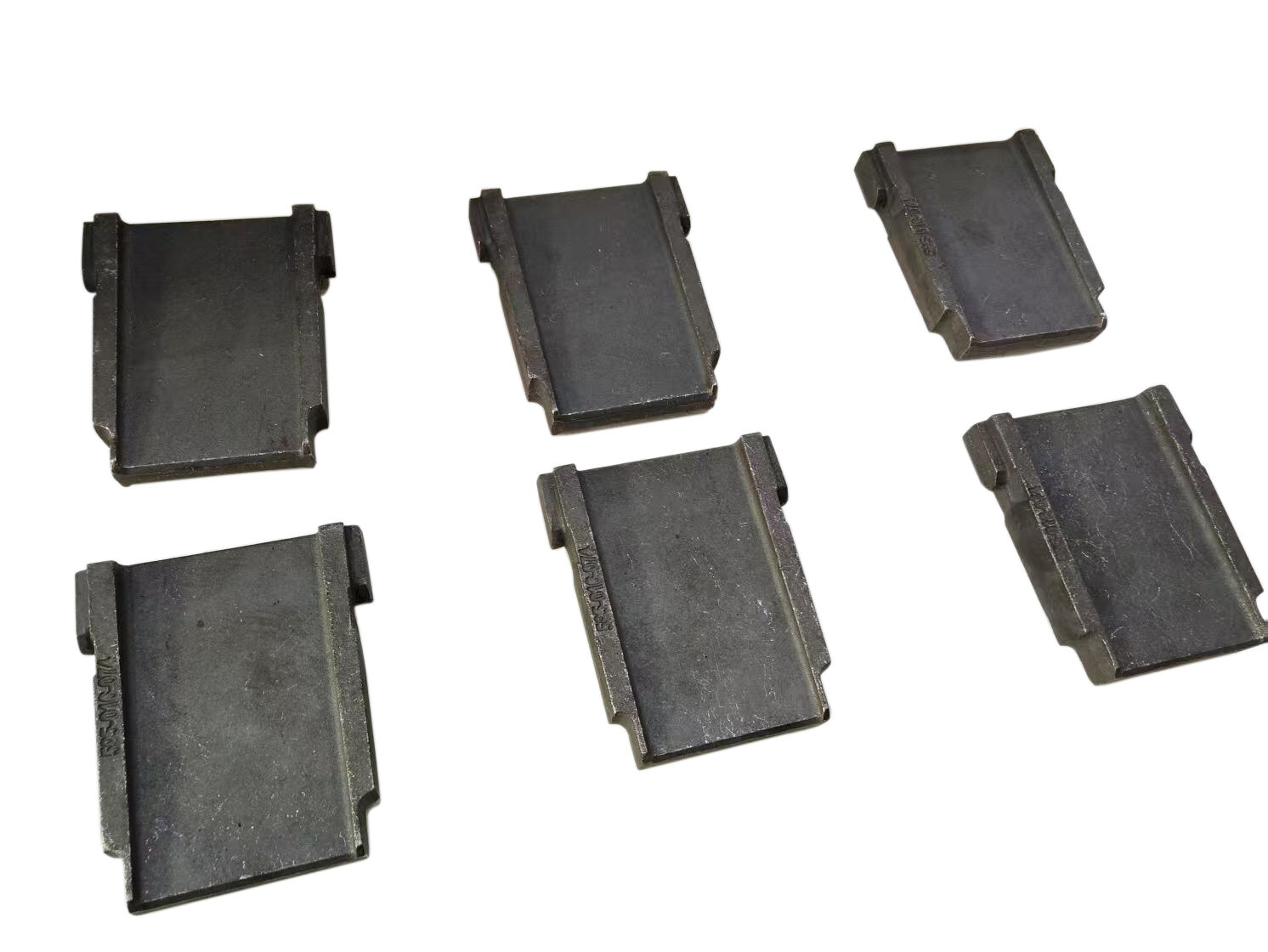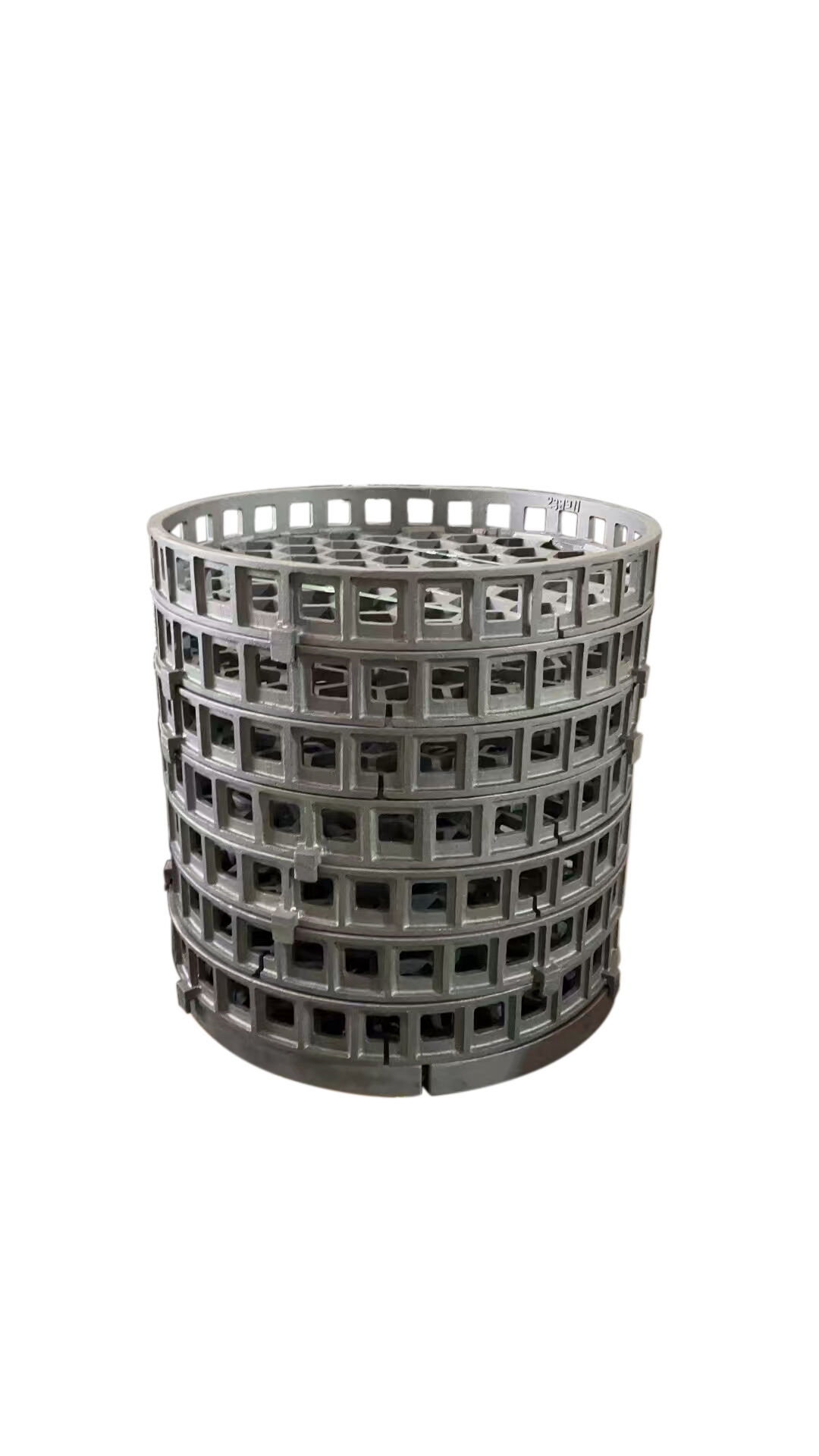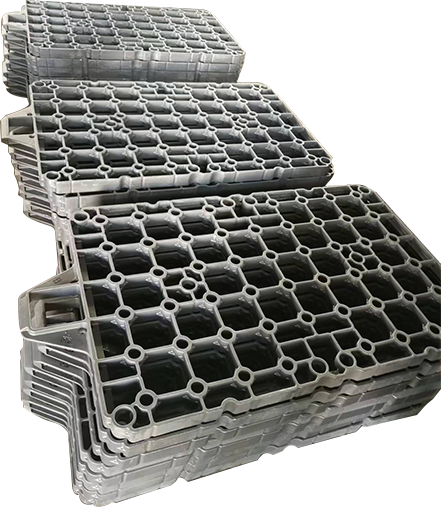types of heat treatment furnaces
Heat treatment furnaces are sophisticated industrial equipment designed to modify material properties through controlled heating and cooling processes. These furnaces come in several types, including batch furnaces, continuous furnaces, and vacuum furnaces, each serving specific industrial needs. Batch furnaces operate by processing materials in individual loads, offering flexibility for various heat treatment processes. Continuous furnaces provide uninterrupted operation, ideal for high-volume production requirements. Vacuum furnaces, utilizing advanced technology, operate in controlled atmospheres to prevent oxidation and ensure precise heat treatment results. These furnaces incorporate multiple heating zones, temperature control systems, and automated material handling mechanisms. They support various heat treatment processes including annealing, hardening, tempering, and stress relieving. Modern heat treatment furnaces feature digital control interfaces, energy-efficient heating elements, and advanced insulation materials. They commonly operate at temperatures ranging from 150°C to 2000°C, depending on the specific application and material requirements. The furnaces are equipped with sophisticated monitoring systems to ensure consistent temperature distribution and process control throughout the treatment cycle.


